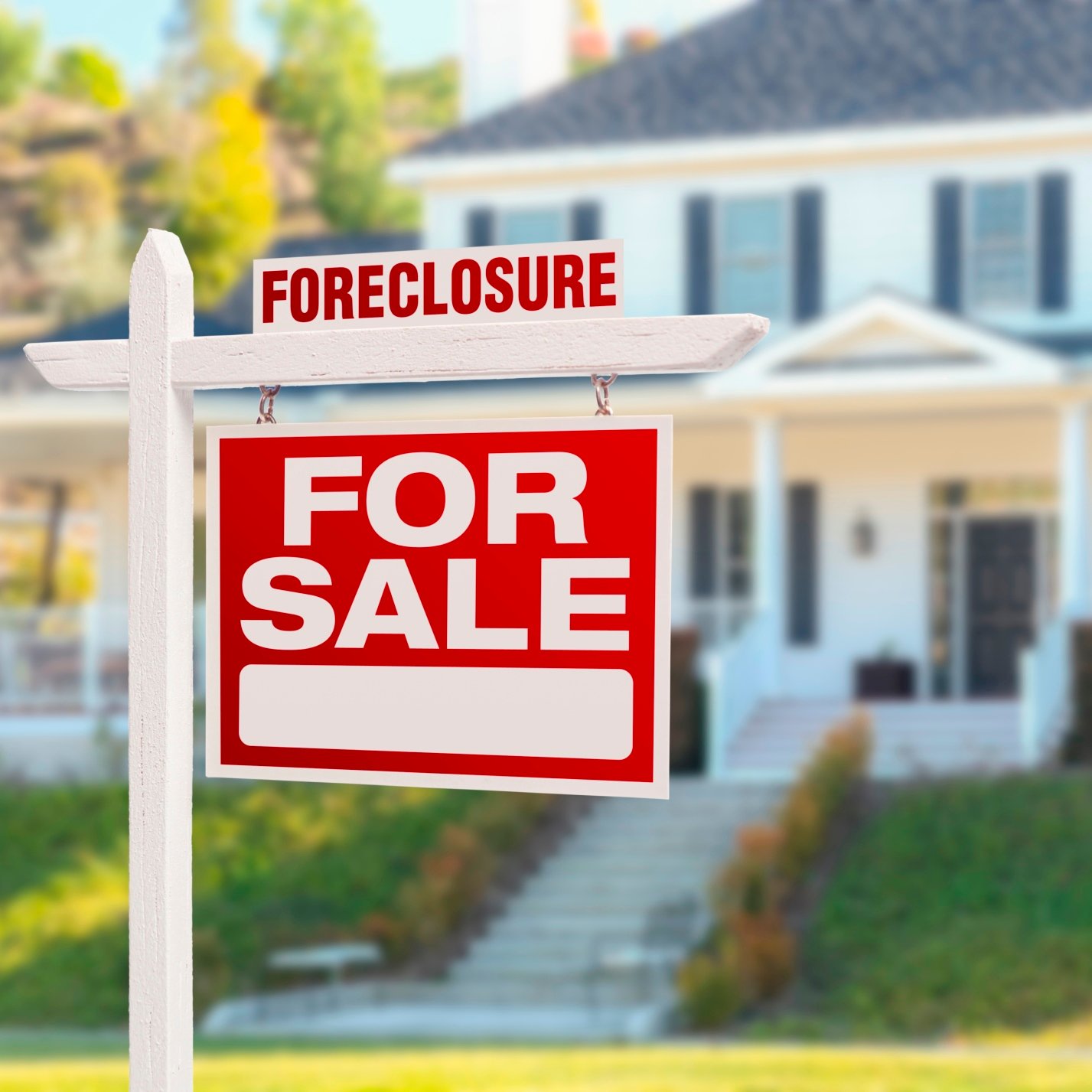Housing
10 Years After the Housing Crisis: Foreclosures Drop 82%

Published:
Last Updated:

In 2010, at the peak of the Great Recession, 1.18 million U.S. homes went through completed foreclosures, nearly five times as many as in 2000 and about double the number of completed foreclosures in 2007, the year the housing crisis really took off.
Many economists mark the beginning of the foreclosure crisis with the collapse of two Bear Stearns subprime funds in June 2007, with the crisis deepening as a result of the Lehman Brothers bankruptcy in September 2008. Since the beginning of 2007, there have been approximately 7.8 million completed foreclosures nationally. Counting from the second quarter of 2004 when homeownership rates peaked, there have been approximately 8.6 million homes lost to foreclosure.
By the end of 2016, the number of completed foreclosures had dropped to around 385,800, just above a total of around 383,000 in 2006, according to a report released Tuesday by CoreLogic.
Dr. Frank Nothaft, CoreLogic’s chief economist, said:
The country experienced a wild ride in the mortgage market between 2008 and 2012, with the foreclosure peak occurring in 2010. As we look back over 10 years of the foreclosure crisis, we cannot ignore the connection between jobs and homeownership. A healthy economy is driven by jobs coupled with consumer confidence that usually leads to homeownership.
The following list shows the 10 states with the highest peak foreclosure rates, along with the current foreclosure rate:
Here’s the list of foreclosure rates for the 10 largest U.S. metropolitan areas, both at their peak and currently.
The report, “United States Residential Foreclosure Crisis: Ten Years Later,” is available at the CoreLogic website.
Finding a qualified financial advisor doesn’t have to be hard. SmartAsset’s free tool matches you with up to 3 fiduciary financial advisors in your area in 5 minutes. Each advisor has been vetted by SmartAsset and is held to a fiduciary standard to act in your best interests. If you’re ready to be matched with local advisors that can help you achieve your financial goals, get started now.
Thank you for reading! Have some feedback for us?
Contact the 24/7 Wall St. editorial team.